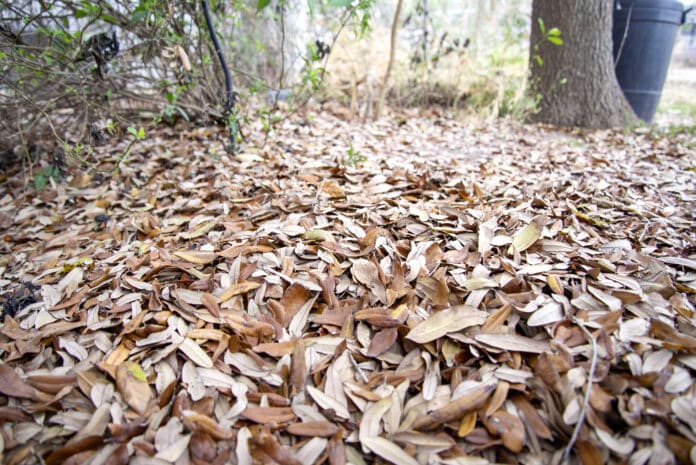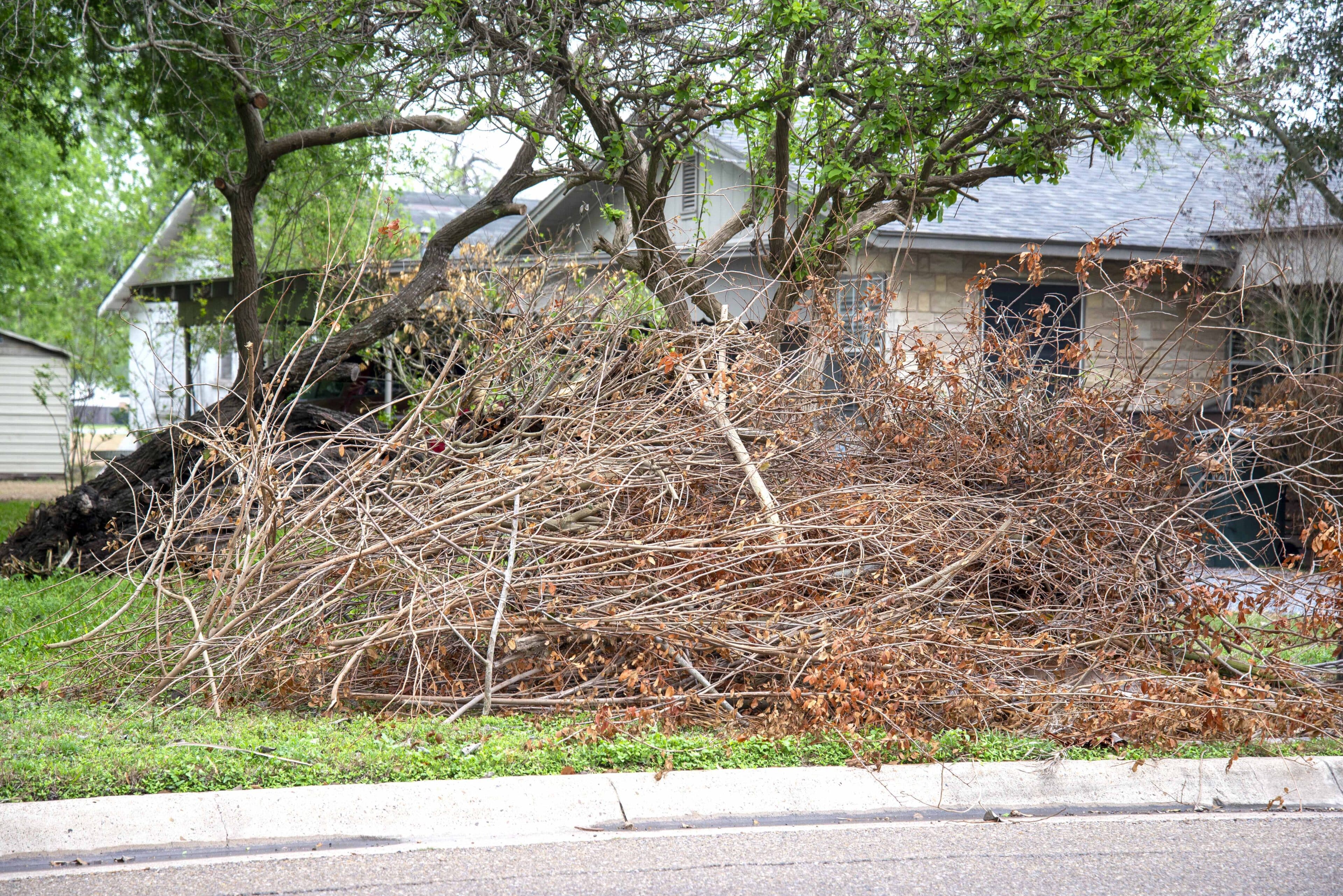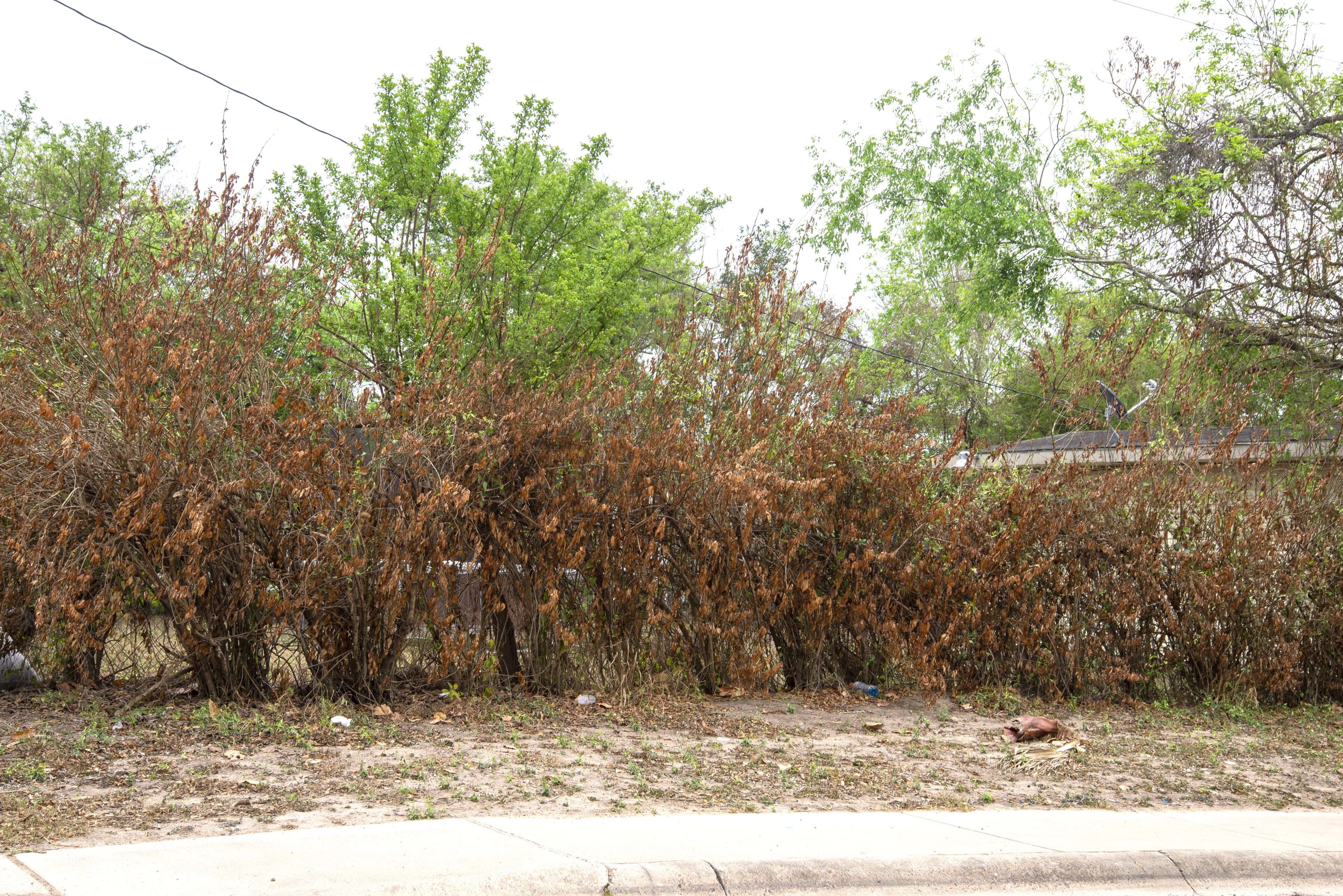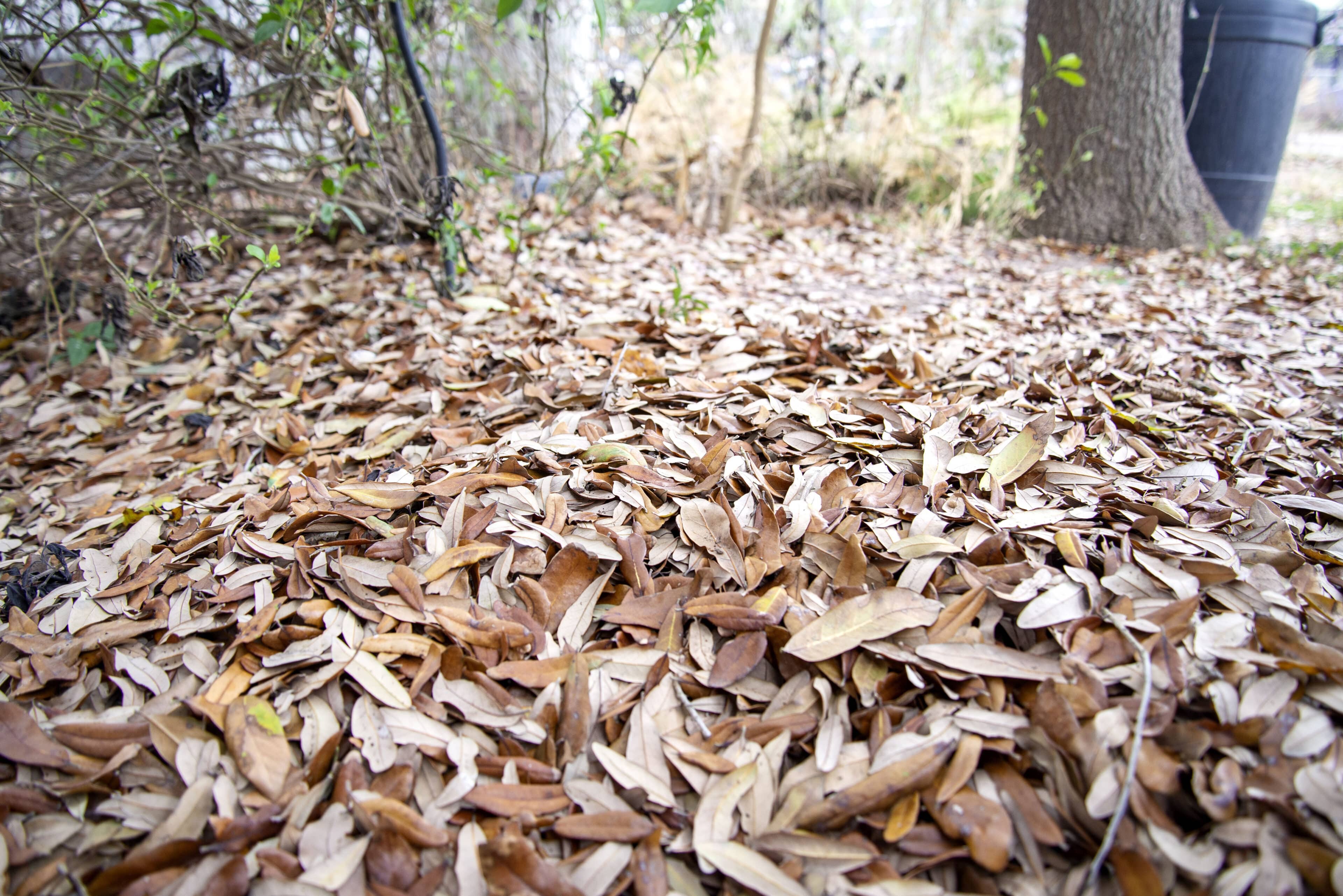Last month’s deep freeze is still paying it forward in the Rio Grande Valley, and is one of the reasons a red flag warning for wildfires has been issued across the region until tonight.
A combination of extremely low relative humidity — possibly under 20 percent — coupled with high north winds and frost-killed grasses just waiting to ignite, have created dangerous wildfire conditions.
Another factor is the ongoing drought in the Valley, with northern Hidalgo and far west Willacy in extreme drought conditions, while the rest of Hidalgo and western Cameron and western Willacy remain in severe drought.
Only coastal Cameron and coastal Willacy, which are in moderate drought conditions, are exempt from today’s red flag warning.
“What we see tomorrow is a front coming across the area which is really going to lower the relative humidity, and along with gusty winds of 30 to 35 miles an hour, bring those conditions where any fires that would happen to get started, for any reason, would have the high potential for spreading just because of the dry conditions with any brush and with the winds and the low relative humidity,” Dave Houk, senior meteorologist with AccuWeather, said Tuesday.
That relative humidity percentage, Houk said, is expected to drop into the low 20s or even the teens today, dramatically increasing the fire risk. The most dangerous period will be this afternoon as winds gather strength.
Already wildfires are springing up across Texas, with 65 of them reported over the past week, burning an estimated 2,474 acres. Two of those fires were in Cameron County, three in Willacy County and two more in Starr County, the Texas A&M Forest Service said.
Heather Gonzales, wildland urban interface coordinator for the Texas A&M Forest Service, said the after-effects of the great February freeze have made things worse.
“What makes the situation more complex and more risky is the fuel conditions in the area,” Gonzalez said Tuesday. “So we do have above-normal grass fuel-loading in the area, and then with the hard freeze that happened last month, all that vegetation is cured.”
“Even though parts of the area got a little bit, like a tiny bit, of precipitation, those cured grasses can’t and don’t hold moisture,” she added. “So even if the ground is wet, it does not take much for that surface moisture to dry off that vegetation.”
Gonzalez advises people not to operate any machinery out of doors which could create a spark and start a conflagration. She specifically says not to mow lawns for a few days.
“It’s kind of a tough situation, because we encourage you to also create a defensible space around your home, and one of those things is by mowing your lawn, but also mowing your lawn can be the thing that starts the fire,” she said.
The good news is that the worst of it will end soon, probably by late Thursday, but given the ongoing drought conditions she said things could remain dicey for a while.
“We are expecting them to be highest on Wednesday and then kind of moderate into Thursday, and we’re hoping it’ll improve over the weekend,” Gonzalez said
“At this point there’s not really going to be a time when people can let down their guard,” she added, referring to the forecast for continuing drought. “We just want for people to know that the risk is there, and it’s something they need to be aware of, prepare for, and do what they can to prevent.”
Sources of wildfires
- Outdoor burning of debris or trash
- Dragging trailer chains on the roadway
- parking, idling or driving through dry grass (the catalytic converter of a vehicle can get very hot and ignite vegetation)
- Heavy equipment use which can spark or overheat if it malfunctions
- Welding, cutting, and grinding can throw sparks into nearby vegetation
- Hitting a rock or piece of metal while mowing can also throw a spark into vegetation
- Throwing lit cigarettes into vegetation or out a car window








